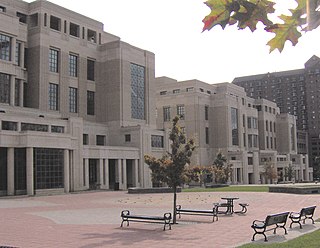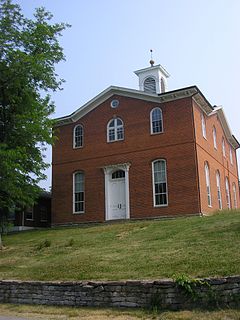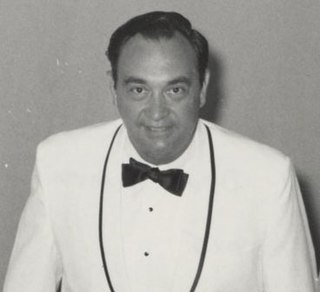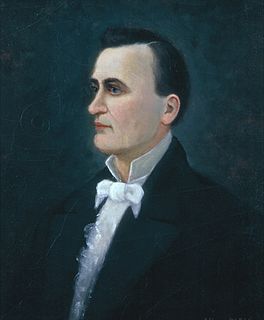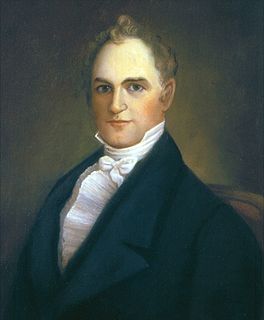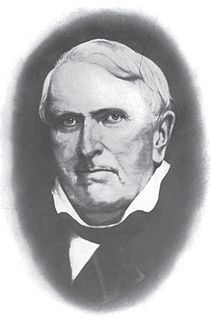| Thomas Metcalfe | |
|---|---|
 | |
| 10th Governor of Kentucky | |
| In office August 26, 1828 –September 4, 1832 | |
| Lieutenant | John Breathitt |
| Preceded by | Joseph Desha |
| Succeeded by | John Breathitt |
| Member of the U. S. House of Representatives from Kentucky's 2nd district and 4th district | |
| In office March 4, 1819 –June 1, 1828 | |
| Preceded by | Joseph Desha Samuel H. Woodson |
| Succeeded by | Robert P. Letcher John Chambers |
| United States Senator from Kentucky | |
| In office June 23, 1848 –March 3, 1849 | |
| Preceded by | John J. Crittenden |
| Succeeded by | Henry Clay |
| Member of the Kentucky House of Representatives | |
| In office 1812–1816 | |
| Personal details | |
| Born | March 20, 1780 Fauquier County, Virginia |
| Died | August 18, 1855 (aged 75) Nicholas County, Kentucky |
| Political party | National Republican Whig |
| Spouse(s) | Nancy Mason |
| Residence | Forest Retreat |
| Profession | Soldier, Stonemason |
| Military service | |
| Service/branch | United States Army |
| Rank | Captain |
| Battles/wars | War of 1812 |
Thomas Metcalfe (March 20, 1780 – August 18, 1855), also known as Thomas Metcalf or as "Stonehammer", was a U.S. Representative, Senator, and the tenth Governor of Kentucky. He was the first gubernatorial candidate in the state's history to be chosen by a nominating convention rather than a caucus. He was also the first governor of Kentucky who was not a member of the Democratic-Republican Party. [1]

The United States House of Representatives is the lower chamber of the United States Congress, the Senate being the upper chamber. Together they comprise the legislature of the United States.

The United States Senate is the upper chamber of the United States Congress, which along with the United States House of Representatives—the lower chamber—comprises the legislature of the United States. The Senate chamber is located in the north wing of the Capitol, in Washington, D.C.

The Governor of the Commonwealth of Kentucky is the head of the executive branch of government in the Commonwealth of Kentucky. Fifty-seven men and one woman have served as Governor of Kentucky. The governor's term is four years in length; since 1992, incumbents have been able to seek re-election once before becoming ineligible for four years. Throughout the state's history, four men have served two non-consecutive terms as governor, and two others have served two consecutive terms. Kentucky is one of only five U.S. states that hold gubernatorial elections in odd-numbered years immediately before the United States Presidential Election. The current governor is Matt Bevin, who was first elected in 2015.
Contents
- Early life
- Political career
- In the House of Representatives
- Governor of Kentucky
- Later life and death
- References
- Bibliography
- Further reading
- External links
At age 16, Metcalfe was apprenticed to his older brother and became a stonemason. He helped construct the Green County courthouse, known as the oldest courthouse in Kentucky. Later, political opponents would mock his trade, giving him the nickname "Old Stone Hammer." His political career began with four terms in the Kentucky House of Representatives. His service was interrupted by the War of 1812, in which he commanded a company in the defense of Fort Meigs. At the age of thirty-eight, he was elected to the U.S. House of Representatives. He held his seat in the House for five terms, then resigned to run for governor. In an election decided by 709 votes, Metcalfe defeated William T. Barry in the gubernatorial election of 1828. [2] Metcalfe's predecessor, Joseph Desha was so stunned by his party's loss that he threatened not to vacate the governor's mansion. Ultimately, however, he respected the will of the people, and allowed an orderly transition.

The craft of stonemasonry involves creating buildings, structures, and sculpture using stone from the earth, and is one of the oldest trades in human history. These materials have been used to construct many of the long-lasting, ancient monuments, artifacts, cathedrals, and cities in a wide variety of cultures. Famous works of stonemasonry include the Egyptian Pyramids, the Taj Mahal, Cusco's Incan Wall, Easter Island's statues, Angkor Wat, Borobudur, Tihuanaco, Tenochtitlan, Persepolis, the Parthenon, Stonehenge, Great Wall of China, Chartres Cathedral, and Pumapunku.

Green County is a county located in the U.S. state of Kentucky. As of the 2010 census, the population was 11,258. Its county seat is Greensburg. Green was a prohibition or dry county but has not been since 2015.

The Kentucky House of Representatives is the lower house of the Kentucky General Assembly. It is composed of 100 Representatives elected from single-member districts throughout the Commonwealth. Not more than two counties can be joined to form a House district, except when necessary to preserve the principle of equal representation. Representatives are elected to two-year terms with no term limits. The Kentucky House of Representatives convenes at the State Capitol in Frankfort.
Metcalfe's primary concern as governor was the issue of internal improvements. Among his proposed projects were a road connecting Shelbyville to Louisville and a canal on the Falls of the Ohio. When President Andrew Jackson vetoed funds to construct a turnpike connecting Maysville and Lexington, Metcalfe built it anyway, paying for it entirely with state funds. Following his term as governor, he served in the state senate, and completed the unfinished term of John J. Crittenden in the U.S. Senate in 1848. After this, he retired to "Forest Retreat", his estate in Nicholas County, where he died of cholera in 1855. Metcalfe County, Kentucky was named in his honor.
Internal improvements is the term used historically in the United States for public works from the end of the American Revolution through much of the 19th century, mainly for the creation of a transportation infrastructure: roads, turnpikes, canals, harbors and navigation improvements. This older term carries the connotation of a political movement that called for the exercise of public spirit as well as the search for immediate economic gain. Improving the country's natural advantages by developments in transportation was, in the eyes of George Washington and many others, a duty incumbent both on governments and on individual citizens.
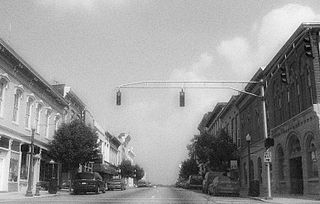
Shelbyville is a home rule-class city in and the county seat of Shelby County, Kentucky, United States. The population was 14,045 at the 2010 census.

Louisville is the largest city in the Commonwealth of Kentucky and the 29th most-populous city in the United States. It is one of two cities in Kentucky designated as first-class, the other being Lexington, the state's second-largest city. Louisville is the historical seat and, since 2003, the nominal seat of Jefferson County, located in the state's north and on the border with Indiana.


